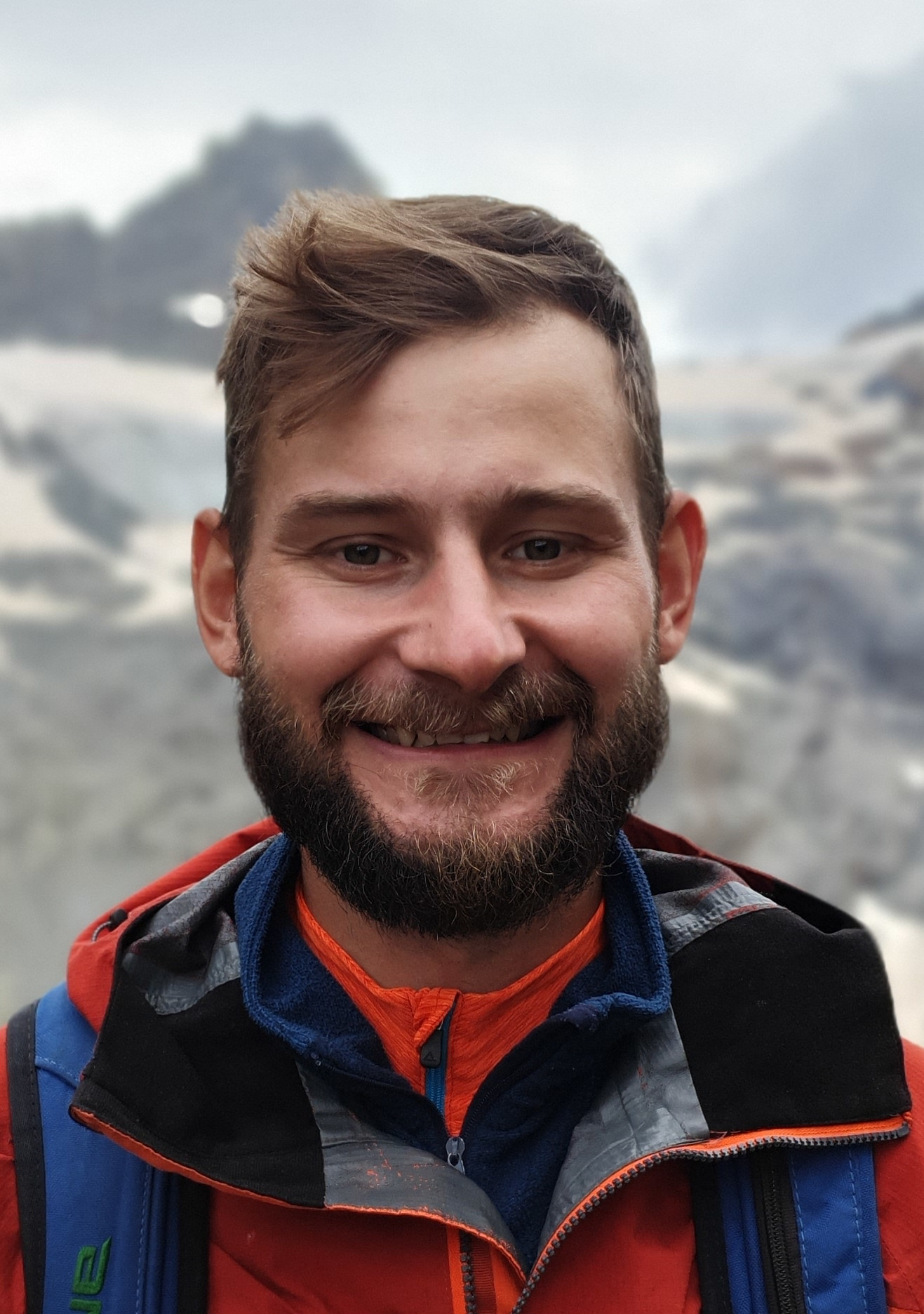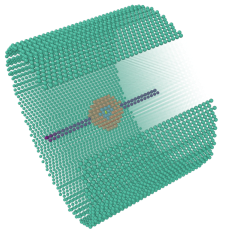Petr Grigorev
Metals and Alloys group (METAL) • Matériaux Ingénierie et Science laboratory (MatéIS) • INSA Lyon

I am a Researcher (Chargé de Recherche CNRS) working in the field of computational material science. I am interested in application and development of simulation methods bridging different length and time scales. Recently I have been working on incorporating methods of reproducible research, uncertainty quantification and machine learning in multiscale modelling of materials.
Short bio
I am from Saint-Petersburg and obtained my master degree in Physics from Peter the Great St. Petersburg Polytechnic University in 2012. The same year I enrolled in a Ph.D. program shared between Ghent University and Complutense University of Madrid within the framework of Erasmus Mundus FUSION-DC. However I spent most of my time at Belgian Nuclear Research Centre SCK•CEN in Mol, Belgium working on my research project together with Structural Materials expert group.
I defended my Ph.D. in April 2017 and, shortly after that, joined Warwick Centre for Predictive Modelling as a Research Fellow. In December 2020 I started as a postdoc at the Départment Théorie et Simulation Numérique of Centre Interdisciplinaire de Nanoscience de Marseille (CINaM). Then I moved to Institut Matériaux Microélectronique Nanosciences de Provence for another postdoc in March 2024. Finally, in February 2025 I joined METAL group of MatéIS laboratory as a CNRS Researcher.
For more information please go to the CV page. Traditional detailed version of my CV can be downloaded here: CV. You can find my publications with all the details and open access pdf versions on the publications page.
news
| Nov 25, 2025 | |
|---|---|
| Nov 13, 2025 | |
| Nov 7, 2025 | |
| Apr 1, 2025 | |
| Feb 1, 2025 | |
For older news see news archive.
